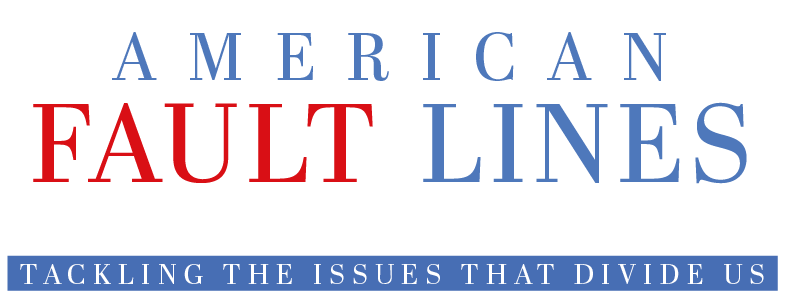March 14, 2001
When Compaq recently awarded a major account to FCB San Francisco, one key reason was the agency's interactive capabilities.
"FCB was told by their client how thrilled they were that their interactive team was total involved in the pitch," recalls Murray Gaylord, vice president of branding at Yahoo, which is now working with the agency on the campaign.
To some observers, the fact that a major "traditional" ad agency was winning business based on its Internet expertise is a sign that the age of the boutiques may soon be replaced by a return to the era of the big boys.
"What goes around, comes around," says Richy Glassberg, chairman and CEO of Phase2Media, a firm that specializes in digital media buying. "The reason clients hire agencies is they want an equal partnership between planners and buyers."
That partnership, Glassberg and others argue, has been skewed in recent years by the new, and fluid, relationships between specialized ad and technology boutiques, clients and sites themselves.
Add to that mix the plethora of Web builders, marketers, media buyers and ad servers that seem to compete as much as they compliment.
Confusion in the marketplace
"There is a tremendous amount of overlap," says Kevin Wassong, a founder of digital@jwt, the interactive arm of J. Walter Thompson. "You think you're confused about what they do, <I>they're</I> confused about what they do. It's not a black and white scenario, but that is starting to become a lighter shade of grey."
Wassong may have a vested interest in painting a bewildering picture of the boutiques with which he competes, but one need only compare the companies' own slogans to get a sense of the potential for confusion.
"From banner ads to sponsorships to targeted e-mail, we plan, run, and optimize marketing campaigns in all digital platforms," says Avenue A.
"Razorfish thinks digitally," that firm's home page announces. "From Web to Wireless and Broadband, our focus is clear -- help businesses capitalize on digitial opportunities."
Beyond Interactive boasts that "we use targeted media, revolutionary technology and insightful creative to achieve valuable and measurable results every step of the way. We are a unique combination of strategy and creativity."
But dig beneath the marketing materials and would-be advertisers will often find the core strengths among such firms are very different. Which sometimes requires advertisers to hire a stable of agencies.
"A big client may have a branding agency that sets the brand strategy, a direct marketing agency and there may be another interactive shop that they get creative from," explains Tom Sperry, president of digital marketing technologies at Avenue A. "And this medium is one that requires a lot of analysis and measurement, so we see people coming to third parties like ours for metrics solutions."
That has some clients looking for a little order in the chaos.
"They don't want to have to be the referee between their traditional agency and their Internet agency. They want a seamless relationship," observes Murray Gaylord, vice president of brand marketing at Yahoo. "We're seeing that more and more."
Which is good news for the big boys.
"It's a very young industry and everyone is trying to figure out the best way to make things work," Gaylord adds. "All the different types of interactive agencies and Web companies had to confuse things, but like the entire dot com industry there's a healthy shakeout inevitable."
When bad news is good news
Shakeout. Consolidation. Two words heard frequently in the Internet space these days. Words that holds a world of potential for traditional advertising agencies.
The big shops have made huge strides toward putting their virtual ducks in order, positioning themselves to take on the pure play Internet boutiques that have captured much of the ink -- and some of the money -- in recent years.
"The traditional agencies are really starting to wake up and say, 'the medium is here to stay,'" Sperry observes.
Even before dot com dollars started drying up and overall advertising spending slowed, big agencies were buying up small interactive shops and bringing them under their wing, or cherry-picking top talent to build their own internal abilities. The predators clearly needed the expertise of the I-firms, but, some industry experts believe, it's not all a one-way street.
"The interactive shops need the expertise of the big agencies," argues Peter Naylor, vice president of ad sales at Terra Lycos. "The interactive shops may be great in the space but they may not be able to run a business."
From a client perspective, some argue, a return to the big agencies makes sense at a time when there is a renewed focus on branding.
"[The interactive firms] thought they came up with a whole new kind of agency," says David Jacobson, an Interactive Strategist at TBWAChiatDay. "Everyone tried to do it all and we're seeing everyone cutting back now and realizing that branding hasn't changed that much. We just have a few new tools."
Define "expert"
Nor surprisingly, the Web specialists say it all comes down to whether the big boys actually know how to <I>use</I> those tools.
"Over time, they can do very well, but they're way behind the curve," insists Avenue A's Sperry. "We have a few year lead on these guys, but they're going to need to focus if they are going to be successful."
Sperry says, for example, the difference between his agency and the traditional firms, comes down to using the complex metrics the Web has the ability to deliver.
That is <I>precisely</I> the difference, counters Joseph Jaffe, another interactive strategist at TBWA/Chiat/Day. "I don't rely on metrics like a drunk would lean on a lamp post. It comes back to leadership, and leadership by definition comes down to intuition and guts and drawing on past successes and failures."
And, he adds, it also comes down to long-term partnerships, not just brief consulting relationships.
"It's an absolutely win-win situation when the relationship involves two partners walking through this new landscape," Jaffe says. "Sometimes proceeding one step at a time and sometimes moving at an exponentially more rapid pace."


